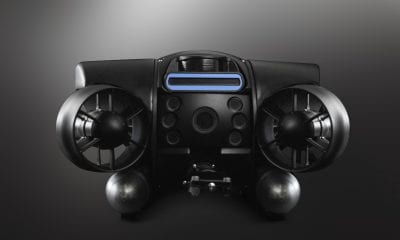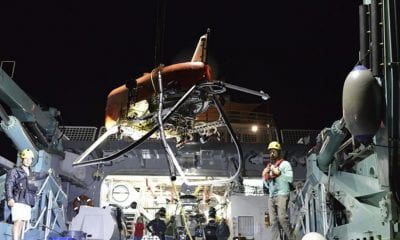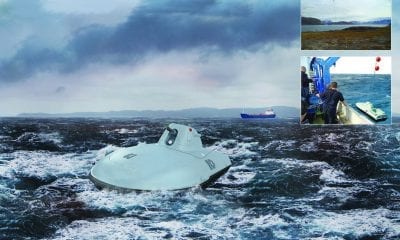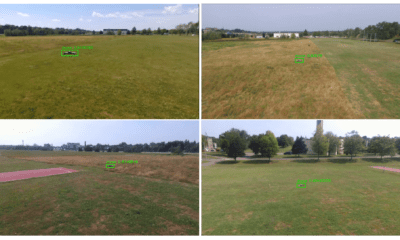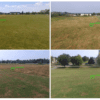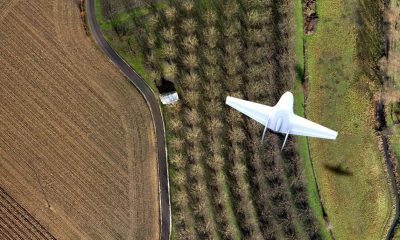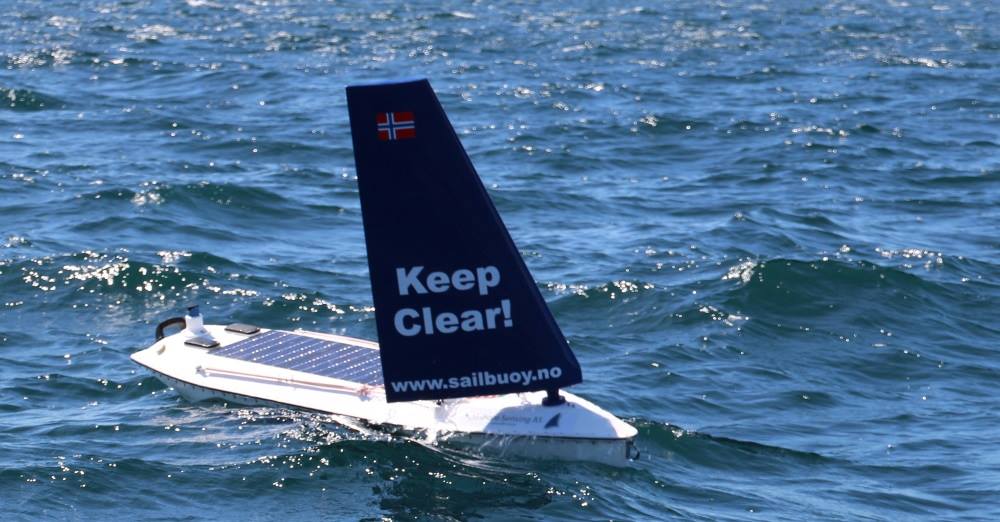
AI
Oceangoing Drone Makes First Atlantic Crossing
Oceangoing Drone Makes First Atlantic Crossing
Autonomous unmanned boats are sailing new waters. The SB Met robotic unmanned boat, manufactured by Norwegian company Offshore Sensing AS took, two and a half months to successfully touch the finish line in the Microtransat Challenge for robotic boats on Aug. 26 after setting off from Newfoundland.
“We’ve proved that it’s possible to do,” said David Peddie, CEO of Offshore Sensing, which created the oceangoing drones, known as Sailbuoys. “The North Atlantic is one of the toughest areas to cross and completing the challenge really proves that it’s a long endurance vehicle for pretty much any condition the sea can throw at you,” he said.
Posted by Offshore Sensing on Thursday, November 30, 2017
The Microtransat’s specifically allows boats up to 2.4 meters long to sail between Europe and the Caribbean or North America and Ireland. It is mandatory for these boats to transmit location data. Since it began in 2010 more than 20 unsuccessful attempts by various teams for completing the Microtransat have been made. Sometimes robot boats got either caught in fishing nets or got lost.
@APBusiness on the historic first crossing of the Atlantic by an unmanned sailing vessel. The “robot boat” / Sailbouy is made by the Bergen (Norway) based company @offshoresensing: https://t.co/OO0CfeTaDc @tv2nyhetene @nrkhordaland @btno @BA_no
— Geir Pedersen (@GeirPedersen) September 4, 2018
Peddie lists the advantages of using robotic sailboats. Unlike drifting buoys, they can loiter in one place, and they’re nimbler and less expensive in comparison to research vessels. Sailbuoys can be fitted with sensors to measure waves, ocean salinity and oxygen levels; echo sounders to look for fish eggs and larvae; or transmitters to communicate with undersea equipment. Self-sailing boats operate on similar principles to self-driving cars. They use sensors to scan their surroundings and feed the data to an artificial intelligence system that gives instructions to the vehicle.
Mr Peddie shared that the vessel was refined after testing it in the rough weather conditions off the coast of Norway. “But we have been developing this for many years so it’s designed to withstand collisions with bigger boats, you can actually run it down and you won’t break it.”
Away she goes!!! Deployed outside Bay Bulls the #Sailbuoy is now heading over the pond to Ireland.
Posted by Offshore Sensing on Friday, June 2, 2017
The current agenda for Mr Peddie and the team at Offshore Sensing is to assess current limitations on the boat, while advancing the features that gave it the sturdiness to cross the harsh waters. “You can use it to search for fish, evaluating fish stocks. How much fish we have got is useful for governments so they can say how big their quotas are going to be,” he elaborated.
The International Maritime Organisation is currently reviewing the safety and security of widespread deployment of these boats.
“We talk more about autonomous cars or drones, but sailboats are also a big thing,” said Ulysse Vautier, of the Plymouth University team. “There’s so much to discover on the ocean. With the environmental and ecological problems we face today,” autonomous sailing boats are an energy-efficient way to do ocean research, Vautier said, adding that future uses could include swarms of sailing drones scanning the sea floor for the missing Malaysian Airlines flight MH370.



